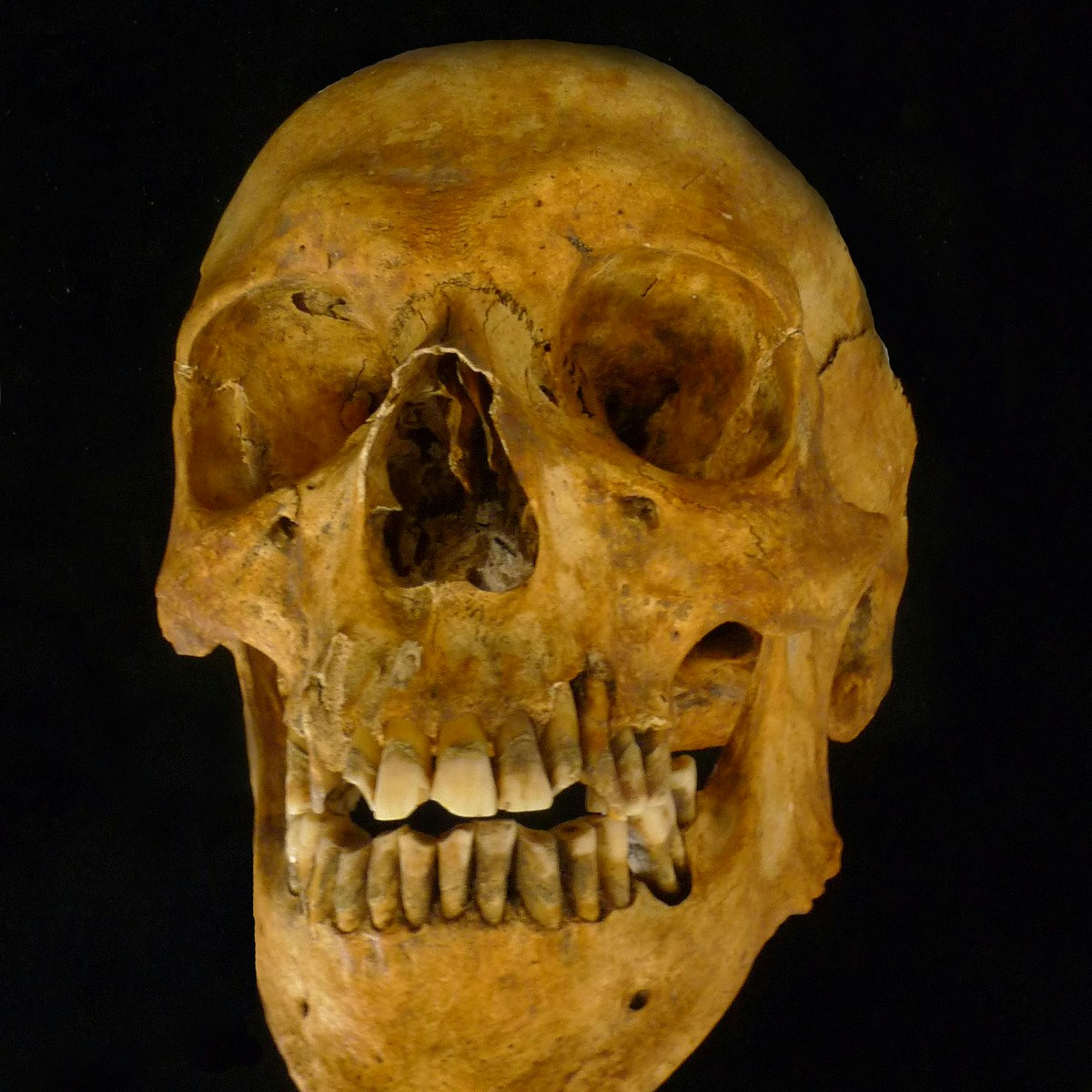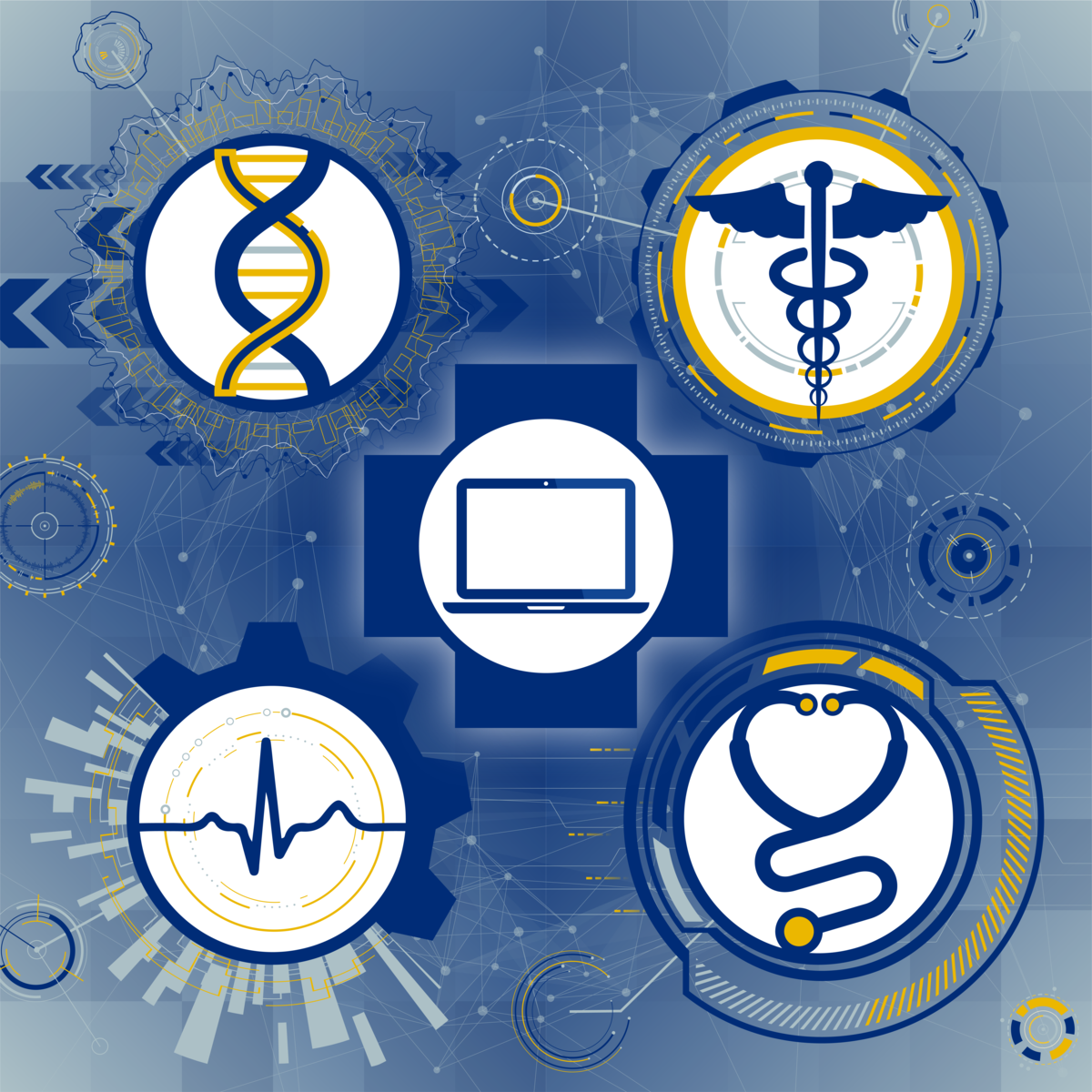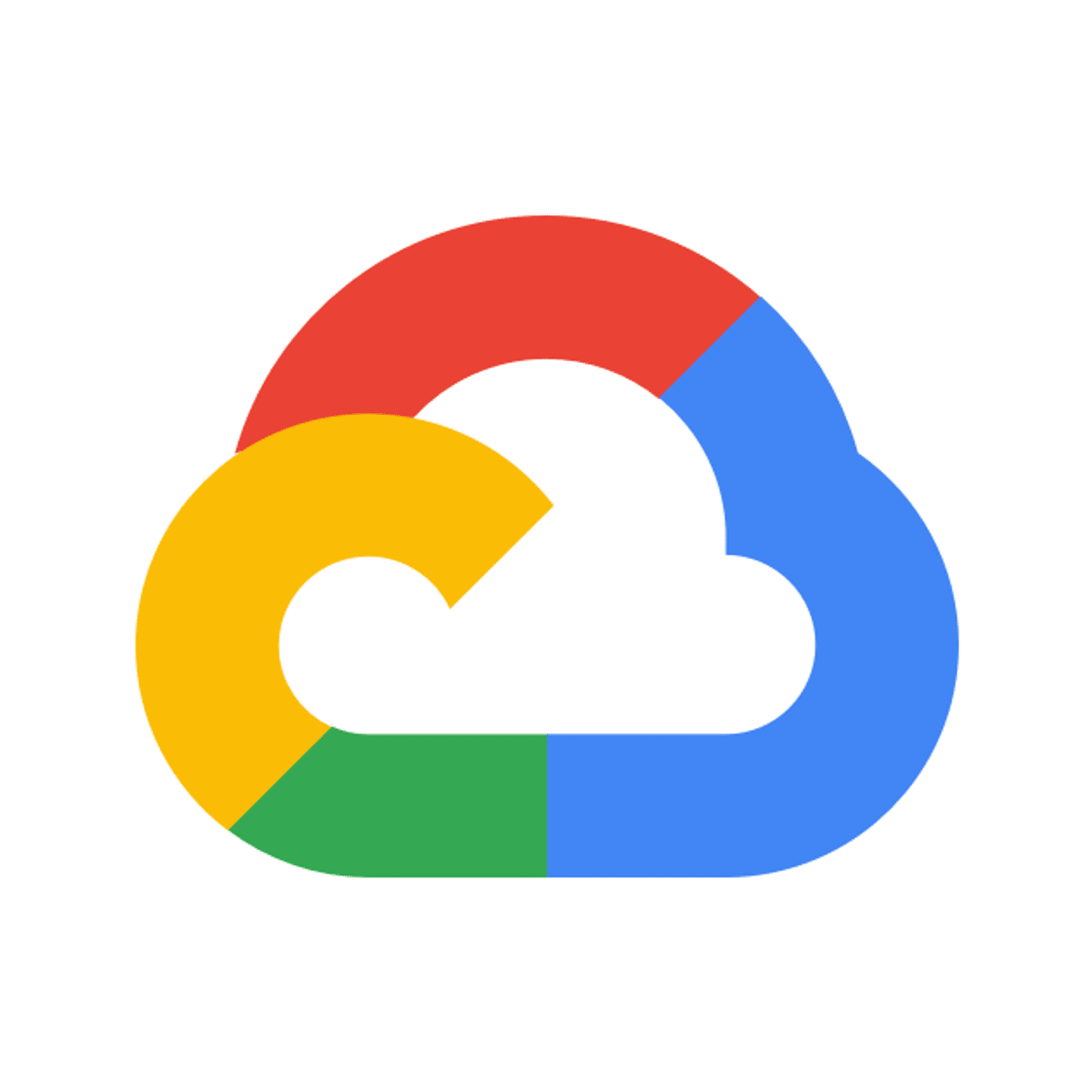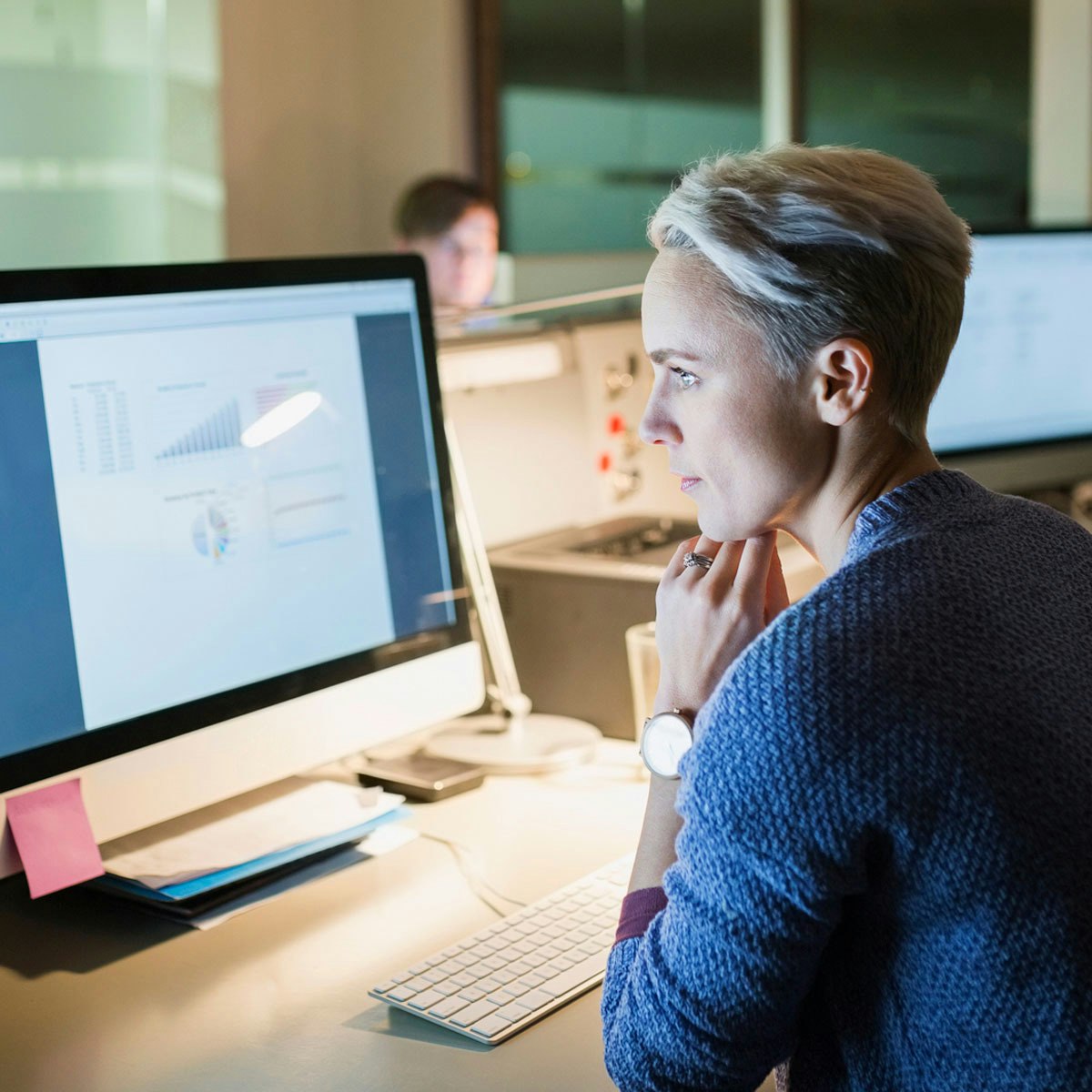Back to Courses









Life Sciences Courses - Page 17
Showing results 161-170 of 644

Understanding child development: from synapse to society
In this course, we dive into the topic of child development. You will learn that child development is complex and is influenced by a surprisingly rich number of factors at many different levels of organization. You will see that development can be studied in various domains and at various levels of understanding, from different angles and disciplines. Importantly, you will come to understand that processes within and between the various domains and levels of organization continuously interact to shape development. This implies that understanding development requires taking an interdisciplinary approach.
In order to help you organize your thinking about this complexity you will learn more about the developmental systems approach and theories related to that. We will look, amongst other things, at the brain and motor development, cognitive, language and social-emotional development and all the factors that have an influence on development.
To illustrate how an interdisciplinary approach helps to understand child development you will see how researchers from various disciplines and backgrounds study child development at Utrecht University. These scientists will give a look in their field of knowledge and their collaboration with colleagues, to illustrate how the theory you will learn translates to practice.
In sum, we invite you to follow us on a journey to understand child development from synapse to society!

Mental Health and Resilience for Healthcare Workers
This course will help institutions and individuals better manage the mental health challenges of being a healthcare worker. Healthcare providers such as the University Health Network (UHN) address the mental health needs of their staff through several initiatives intended to help build resilience and to provide respite from the demands of their work. This was critical during the pandemic but, of course, healthcare workers encounter high levels of stress even without a pandemic. The primary purpose of this course was to document and explain lessons learned with the hopes of informing healthcare institutions and healthcare workers about effective strategies and why they work. Dr. Heather Gordon will highlight strategies she has employed within the UHN during the pandemic, and Professor Steve Joordens will discuss the psychology underlying these interventions.

Healthcare Data Models
Career prospects are bright for those qualified to work in healthcare data analytics. Perhaps you work in data analytics, but are considering a move into healthcare where your work can improve people’s quality of life. If so, this course gives you a glimpse into why this work matters, what you’d be doing in this role, and what takes place on the Path to Value where data is gathered from patients at the point of care, moves into data warehouses to be prepared for analysis, then moves along the data pipeline to be transformed into valuable insights that can save lives, reduce costs, to improve healthcare and make it more accessible and affordable. Perhaps you work in healthcare but are considering a transition into a new role. If so, this course will help you see if this career path is one you want to pursue. You’ll get an overview of common data models and their uses. You’ll learn how various systems integrate data, how to ensure clear communication, measure and improve data quality. Data analytics in healthcare serves doctors, clinicians, patients, care providers, and those who carry out the business of improving health outcomes. This course of study will give you a clear picture of data analysis in today’s fast-changing healthcare field and the opportunities it holds for you.

Command Line Tools for Genomic Data Science
Introduces to the commands that you need to manage and analyze directories, files, and large sets of genomic data. This is the fourth course in the Genomic Big Data Science Specialization from Johns Hopkins University.

The Outcomes and Interventions of Health Informatics
For clinical data science to be effective in healthcare—to achieve the outcomes desired—it must translate into decision support of some sort, either at the patient, clinician, or manager level. By the end of this course, students will be able to articulate the need for an intervention, to right size it, to choose the appropriate technology, to describe how knowledge should be obtained, and to design a monitoring plan.

Osteoarchaeology: The Truth in Our Bones
This course is about what we can learn from examining the human skeleton, and how we can use this knowledge to reconstruct the lives of people who lived in the past. In archaeology and anthropology, human skeletal remains can provide unique insights into the past and the present; insights that cannot be gained otherwise.
These insights are explored in five main themes spread out over five weeks of learning. First, it is shown how age-at-death, sex and stature can be estimated by the close examination of (archaeological) skeletal remains. In subsequent modules it is shown how human bones can provide information about the diseases and injuries that people suffered from and what they ate. Also, it is shown how the human skeleton provides information about the kinds of activities that people engaged in and about how they migrated and moved around their landscapes.
In this course, you will examine all aspects of the human skeleton that can provide us with information about these different facets of life. Together we will explore the scientific field that is known as human osteoarchaeology.
- Human, because it is about us and our ancestors,
- Osteo, because it is about our bones,
- Archaeology, because we use this information to better understand the behaviors and events experienced by past people.
During the course, you will decipher the clues left behind in the skeletons of past peoples with the methods and techniques that are presented. You may also discover some clues hidden in your own skeleton and what they reveal about the life that you are living.
Want to know more? You can take a look at the course trailer here: https://www.youtube.com/watch?v=fJi22TxzpRw

Philosophy and the Sciences: Introduction to the Philosophy of Cognitive Sciences
Course Description
What is our role in the universe as human agents capable of knowledge? What makes us intelligent cognitive agents seemingly endowed with consciousness?
This is the second part of the course 'Philosophy and the Sciences', dedicated to Philosophy of the Cognitive Sciences. Scientific research across the cognitive sciences has raised pressing questions for philosophers. The goal of this course is to introduce you to some of the main areas and topics at the key juncture between philosophy and the cognitive sciences.
Each week we will introduce you to some of these important questions at the forefront of scientific research. We will explain the science behind each topic in a simple, non-technical way, while also addressing the philosophical and conceptual questions arising from it. Areas you’ll learn about will include:
Philosophy of psychology, among whose issues we will cover the evolution of the human mind and the nature of consciousness.
Philosophy of neurosciences, where we’ll consider the nature of human cognition and the relation between mind, machines, and the environment.
Learning objectives
Gain a fairly well-rounded view on selected areas and topics at the intersection of philosophy and the sciences
Understand some key questions, and conceptual problems arising in the cognitive sciences.
Develop critical skills to evaluate and assess these problems.
Suggested Readings
To accompany 'Philosophy and the Sciences', we are pleased to announce a tie-in book from Routledge entitled 'Philosophy and the Sciences for Everyone'. This course companion to the 'Philosophy and the Sciences' course was written by the Edinburgh Philosophy and the Sciences team expressly with the needs of MOOC students in mind. 'Philosophy and the Sciences for Everyone' contains clear and user-friendly chapters, chapter summaries, glossary, study questions, suggestions for further reading and guides to online resources.
Please note, this companion book is optional - all the resources needed to complete the course are available freely and listed on the course site.

Culminating Project in Health Informatics
This capstone course in the Health Informatics Specialization will allow learners to create a comprehensive plan for an informatics intervention of their choosing, and that will demonstrate to current or future employers the new skills obtained through the completion of this series of five courses in Health Informatics.

Verily Pathfinder Virtual Agent for COVID-19 Chat App
This is a self-paced lab that takes place in the Google Cloud console. In this lab you'll learn how to use Dialogflow to create a conversational interface to answer questions about COVID-19 symptoms and provide the latest guidance from public health authorities like the Centers for Disease Control and Prevention and World Health Organization (WHO)

Analytical Solutions to Common Healthcare Problems
In this course, we’re going to go over analytical solutions to common healthcare problems. I will review these business problems and you’ll build out various data structures to organize your data. We’ll then explore ways to group data and categorize medical codes into analytical categories. You will then be able to extract, transform, and load data into data structures required for solving medical problems and be able to also harmonize data from multiple sources. Finally, you will create a data dictionary to communicate the source and value of data. Creating these artifacts of data processes is a key skill when working with healthcare data.
Popular Internships and Jobs by Categories
Find Jobs & Internships
Browse
© 2024 BoostGrad | All rights reserved